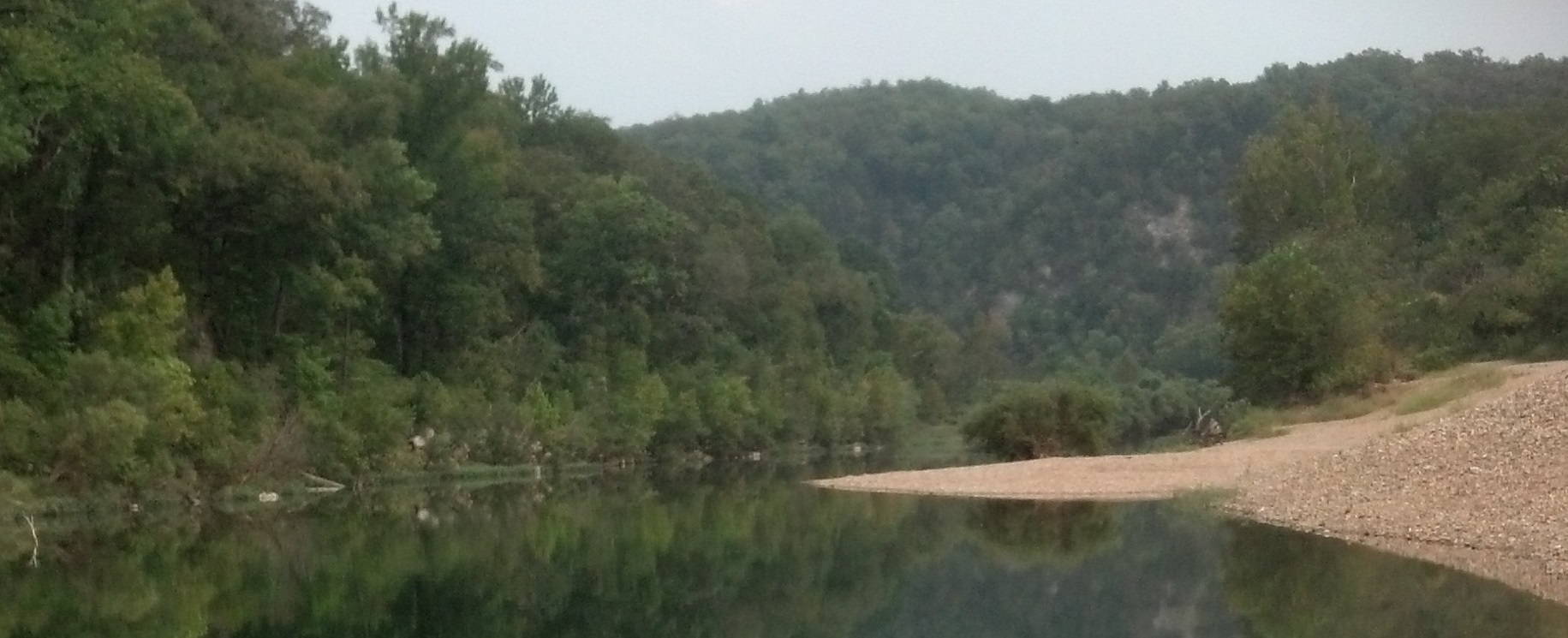Conservation and Management of Missouri’s Mid-Sized Rivers: Development of Sampling Protocols and Application to Priority Watershed Rivers

Objective
- 1) What is the best combination of sampling gears that will determine the status of fish communities in mid-sized rivers throughout Missouri?
o Does detection probability for select species differ by gear type, season, or river type?
o How many samples of each gear are needed to detect 75% and 95% of the species estimated to be in a 2-10 km segment?
2) What is the distribution of fishes in selected mid-sized rivers and does that differ seasonally?
Overview
Substantial monitoring and research has and is currently conducted on mainstem big rivers such as the Missouri and Mississippi and on smaller, wadeable streams but little information exists for the mid-sized rivers in Missouri (e.g., tributaries of the Missouri and Mississippi Rivers and other non wadeable rivers). However, these rivers can be important for fisheries management and conservation as they may 1) provide refuge and inter-basin movement corridors for smaller-stream fishes during drought, 2) possess unique habitats and resources for larger-river fishes moving into these systems during floods, and 3) offer buffer capacity because their floodplains may be less modified than big rivers and thus create substantial productivity and refuge for downstream systems. Understanding these dynamics would be especially important in relation to watershed-scale patterns of disturbance that may increase in the future (e.g., land use and/or climate change). Mid-sized rivers also provide angling opportunities for fish such as channel catfish in northern Missouri and smallmouth bass, goggle eye, and suckers in the Ozarks. Managers need to know how to effectively sample mid-sized rivers and identify the fish communities in these under-sampled systems before many important questions about the management and ecology of fishes in these rivers can be addressed (e.g. fish seasonal movements, predator-prey dynamics and patterns of energy flow, role of impoundments on fish communities). The methods developed and data collected by this project would provide a tool for developing standardized sampling protocols for fish communities in rivers from MDC priority watersheds and other watersheds, and help DNR in the development of fish biocriteria for large rivers. These protocols are the critical first step that can be used to test further hypotheses related to the conservation and management of fishes in these rivers.